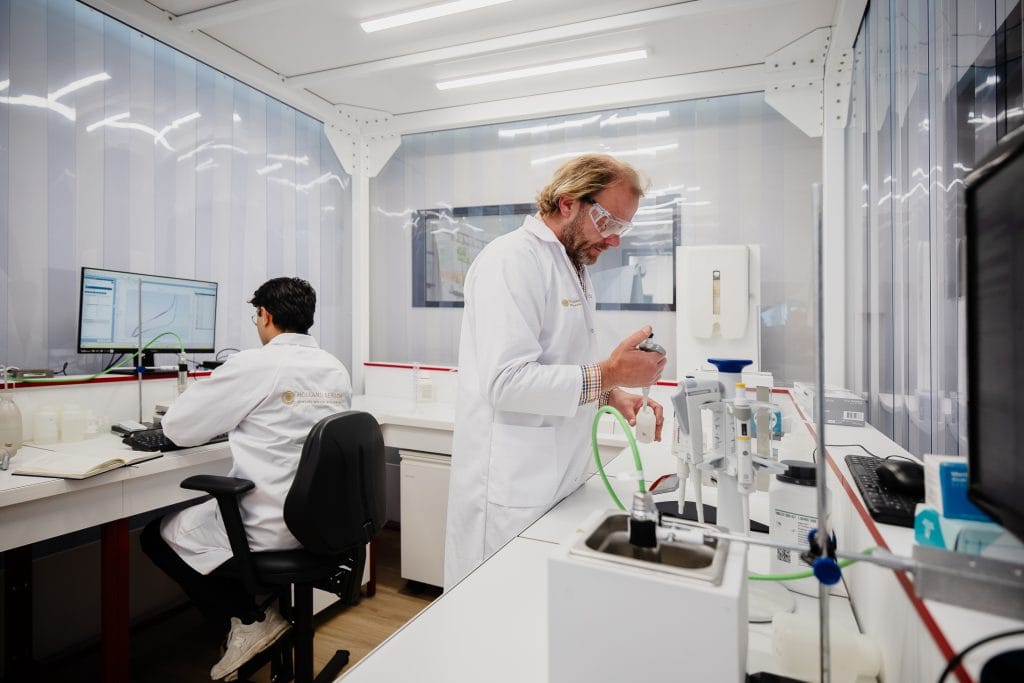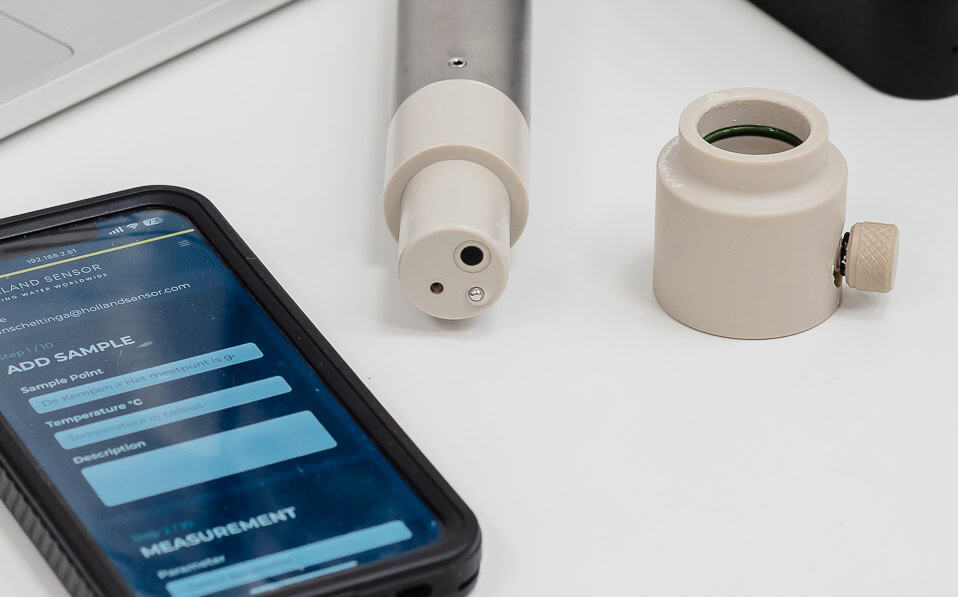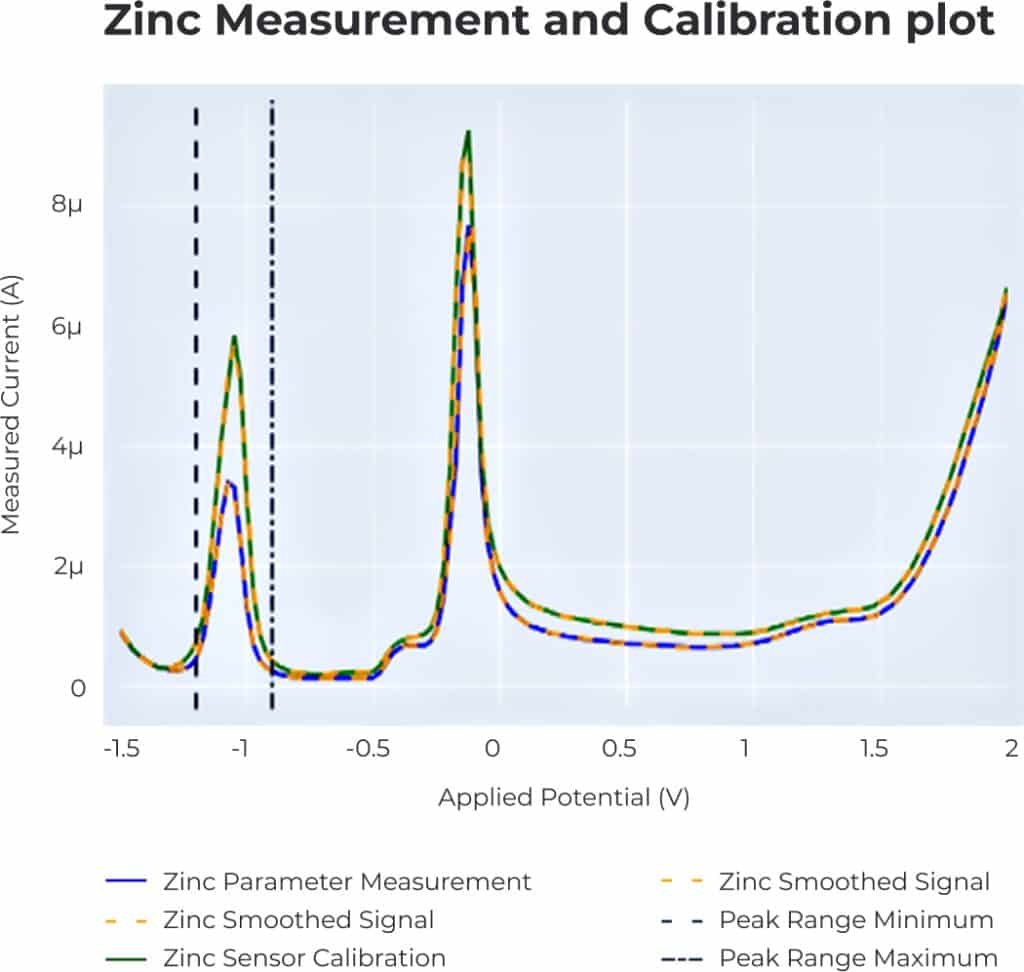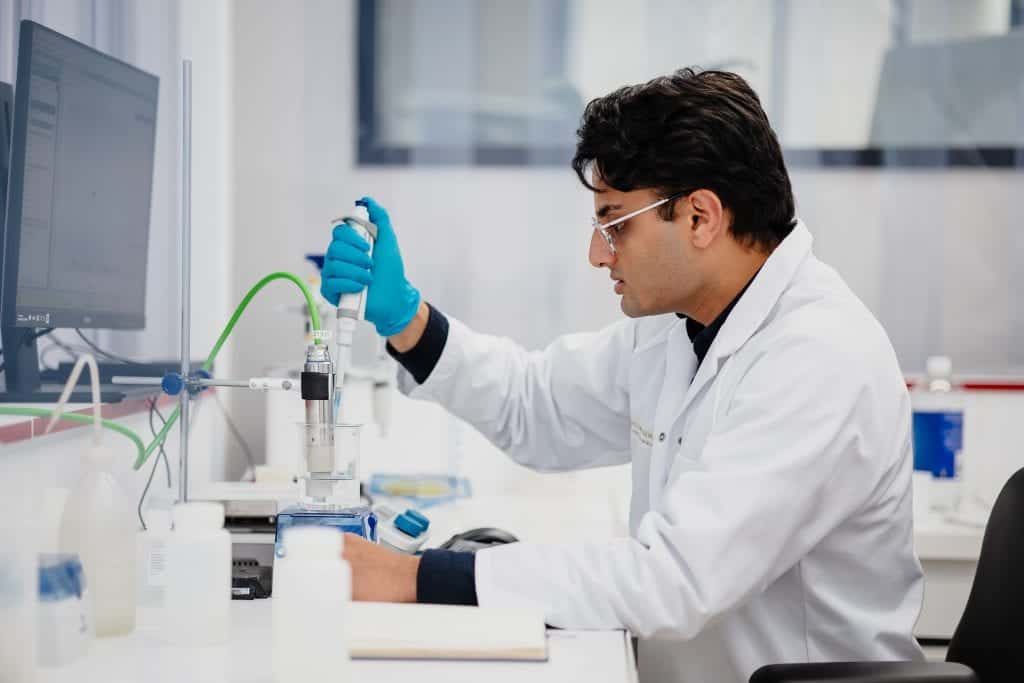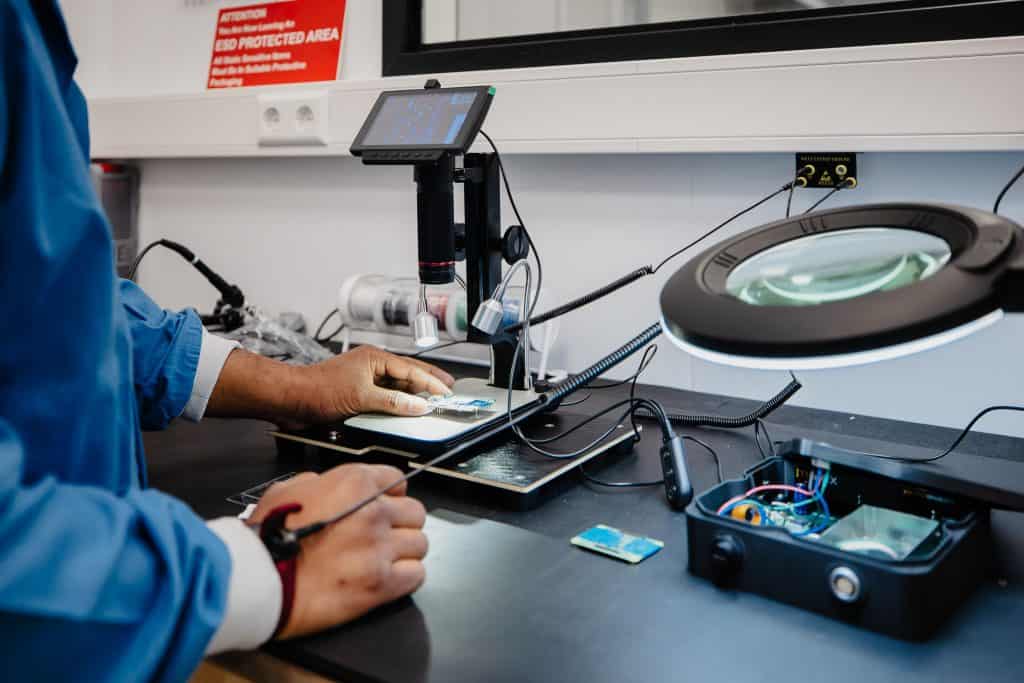Development history
From Concept to proven Leading Technology
2007
first need to show / prove actual Cu and Ag concentrations in treated water to clients
2008
2011
EU funded, CRAFT project in collaboration with University of Florence, Hochfachschule Köln, SME’s, Expert consultants
2013
2017
Development of the first sensor prototypes by Holland Water.
2017
Official establishment of Holland Sensor as a distinct entity within the Holland Environment Group, focusing exclusively on sensor technology.
2018
European patent application for the Holland Sensor technology.
2020
2021
First commercial installations at major locations such as Schiphol Airport, demonstrating the practical efficacy of our sensors.
2021
2024
Industrialization and verification of the sensor
2024
Patented excellence (EP4073501 and patent pending)
2025
Mizu®️ Portable System ready for fieldtesting
